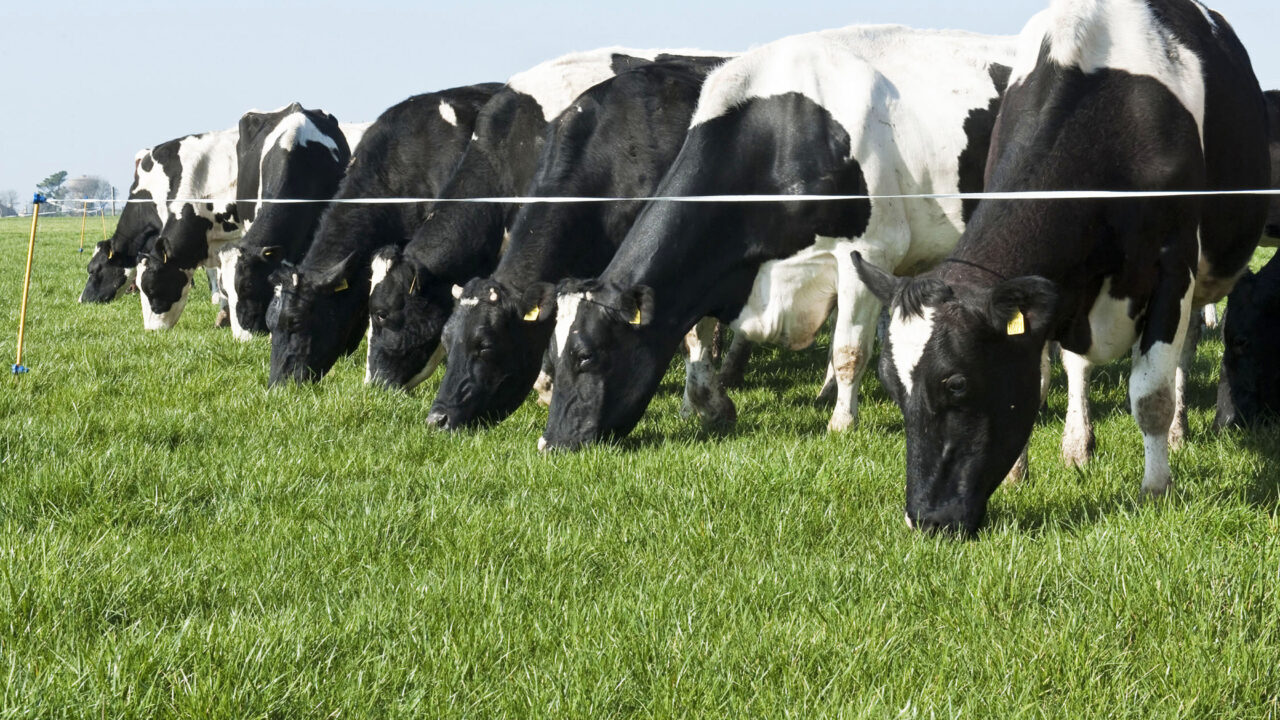Maintaining a closed herd is the best management policy for keeping infectious diseases out of your herd. Introducing animals by buying in or borrowing will always have associated risks of importing diseases. But sometimes the risks may be less obvious – cattle returning from a show, cattle returning from a mart unsold, and neighbouring stock breaking-in (or your own stock breaking out) can all increase disease risk.
No farmer would willingly buy in diseased animals, however the difficulty with many diseases is that the infected carrier animals may not show signs and appear to be completely healthy while capable of passing on infection to any animals they come in contact with. For example, a calf persistently infected (PI) with BVD virus may appear perfectly healthy but has the capacity to rapidly spread BVD virus within a herd, or a cow infected with Strep. agalacticae could rapidly cause a large mastitis problem within a herd.
But, let’s be clear what is and what is not a closed herd;
You don’t have a closed herd if you:
• buy in bulls;
• borrow bulls;
• exhibit at shows;
• share cattle handling facilities for testing;
• directly return unsold cattle to your farm;
• have poor boundary fences; or,
• use common grazing or housing.
However, the practical reality for many farmers is that they will need to buy-in animals, particularly expanding dairy herds. If so you need to weigh up the risks and minimise the impact on your herd by:
1. planning ahead;
2. buying-in as few animals as possible;
3. buying-in from as few herds as possible;
4. selecting lower risk herds;
5. selecting lower risk animals;
6. reducing transport risks; and,
7. implementing a quarantine period.
Further information on how to do this in practice can be found in the series of leaflets on Biosecurity available from www.animalhealthireland.ie.

